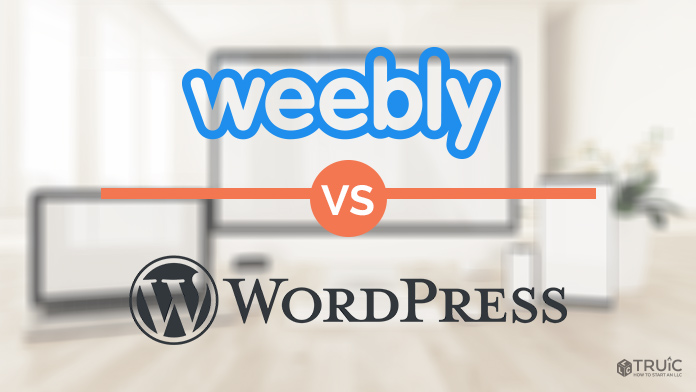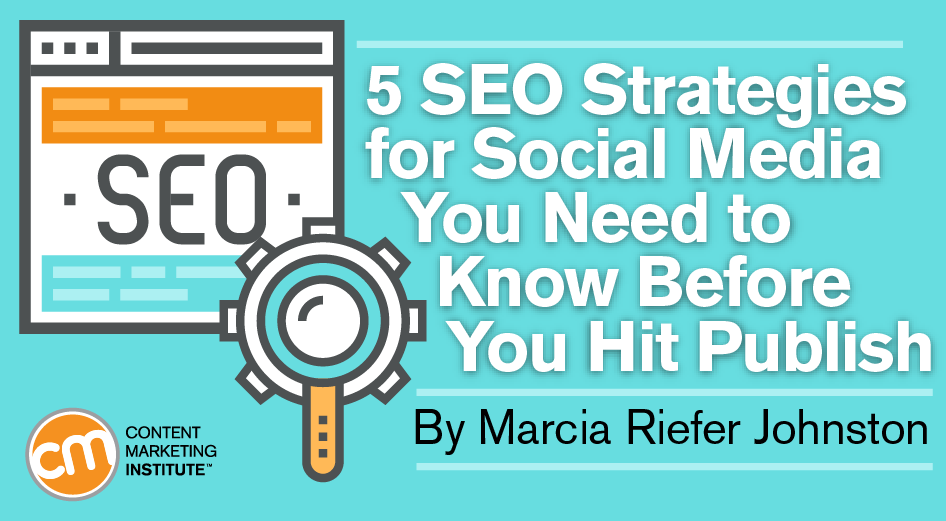
With ecommerce becoming increasingly popular, you should make it a priority for your website to be present in search engines. 75% of search traffic is sent to the first page Google results. Competing with giant sites isn't as easy as it seems. They have domain authority, reputation, as well as content that drives high rankings. SEO investment can help you establish authority and find the best keywords to increase traffic and sales.
Keyword research
SEO can be used on any website. However, it is especially important for ecommerce websites as online sales are directly related to search volume. Additionally, search engines are often used by people to find the products or services they require. If your website ranks among the top ten results for a relevant keyword, you will be able to attract potential customers.
Image optimization
Images optimization is an effective SEO strategy for ecommerce sites. This can make your ecommerce business more profitable and allow you to stay ahead of your competitors. Your chances of increasing traffic and sales can be lost if your images are not optimized. It's worth the effort. These strategies will help you optimize your images. This strategy is explained in detail below. These are just a few of the many benefits that optimizing images on ecommerce websites offer.

Useability
It is essential to improve the usability and ranking of an ecommerce website in search engines. A site that is difficult or poorly designed will not be visited often and visitors will move on. A website that is easy to navigate and user-friendly will have a higher SEO score. Simple navigation and clear URLs will make it easy to navigate the site. Also, include product reviews to boost ecommerce SEO and usability.
Site architecture
To succeed in the highly competitive online market for commerce, you must use SEO strategies for ecommerce websites. This article will show you five ways to improve your online store's position in search engine results. Your content should be relevant to your target audience's keywords. Next, optimize your conversion rate using these strategies. These strategies are vital in making your website visible in search engines and attracting more customers.
Link building
Link building is an integral part of SEO strategies for ecommerce websites. Link building refers to the cultivation of potential links. You should consider whether link A is the same as link B when searching for a hyperlink. A link that passes link equity to your ecommerce site is a "do-follow" one, meaning it can be followed by search engines. Google views rel="sponsored" links as paid advertisements.

FAQ
Google Adwords is a great way to increase sales.
Google AdWords can be used by advertisers to promote products and services online. Users click on sponsored ads and visit the associated websites. This can help businesses generate sales leads.
What are the various SEO strategies?
There are three types of SEO strategies: search engine optimization (SEO), Social Media Optimization (SMO) and Pay-per-click Advertising (PPC).
With SEO, you optimize content for certain keywords using text formatting, HTML code, and other features.
This will ensure that your site ranks higher in search results pages.
Social media optimization is the process of optimizing your website so that it can be used on social networks, such as Twitter, Facebook, or Google+.
These help build your brand reputation online, making visitors more likely to visit your site when searching for related topics.
PPC ads can also be found at the top of search results pages. They show relevant products, and services.
The most common type of PPC ad is an advertisement on Google paid search. These ads can be very effective, even though they cost a lot.
However, several other forms of PPC advertising are available - including display ads, video ads, and sponsored posts.
What is an SEO Campaign?
An SEO campaign is a series of activities designed to improve the visibility of a particular webpage or domain name in search engines like Google, Bing, Yahoo, and others. These activities include optimizing URL structure, title tags, meta description tag, URL structure, pages content, images and internal links.
SEO campaigns typically begin with keyword research, identifying keywords likely to increase organic traffic. Once keywords are identified and optimized on the website's homepage, each page must also be optimized.
What Are Some Common Mistakes Made by SEO Users?
SEO is often done incorrectly. SEO is not something you can do quickly. You must put in the effort to optimize your website properly if you want to achieve success. Black hat SEO techniques are another common error. Black hat methods can hurt your rankings instead of helping them.
What's the time frame for PPC Advertising to produce results?
Paid searches take longer than organic results, because they have no natural flow. When someone searches for something, they expect to see the most relevant results at the top of the page. Paid search results have to be more convincing to convince people to spend money on advertising on their site.
Statistics
- A 62.60% organic traffic boost to that page: (backlinko.com)
- 64% of marketers actively create SEO campaigns because they help hit multiple key performance indicators (KPIs), including increasing traffic, helping your site rank for relevant keywords, improving your conversion rate, and much more. (semrush.com)
- These guides are designed and coded 100% from scratch using WordPress. (backlinko.com)
- : You might have read about the time that I used The Content Relaunch to boost my organic traffic by 260.7%: (backlinko.com)
- 93%of online experiences today begin on search engines. (marketinginsidergroup.com)
External Links
How To
How do I create my first blog?
It's simple! WordPress is an excellent tool for creating a blog. WordPress allows users to easily modify the look of their blogs, including adding themes, changing colors and customizing the layout. They can also add plugins that allow them to automatically change certain aspects of their website depending on visitor activity.
There are many free templates available on wordpress.org, as well as premium templates that you can purchase. Premium templates have additional features, such as more pages, extra plugins and enhanced security.
Once you have downloaded your template you will need a free account to upload your files, and then to manage your blog. Although many hosts offer free accounts with limited space, there are restrictions on the number of domains that you can host, how many emails you may send, and how many websites you can upload.
If you decide to use more than one domain name, you'll also need to buy separate email addresses. Some hosts charge a monthly fee for this service.
You may be wondering why anyone would pay for a blog to be hosted online if you are new to blogging. Many hosts offer unlimited storage space so that your files will not be deleted even if they are accidentally deleted.
Many hosts let you host multiple domains. That means that you can have different websites under the same hosting plan. You don't need multiple email addresses and can manage all your sites through the one interface.
Some hosts provide social media sharing buttons to their dashboards. This allows visitors and users to quickly share posts across the Internet.
Most hosting providers provide tools for managing your blog. You can check the performance stats for your site, view how many visitors each article has received, and even compare your traffic to other blogs.
These tools can make managing a blog easier and more effective, so you should look into them before choosing a hosting package.
To sum up:
-
Choose a topic pertinent to your business.
-
Create engaging content;
-
Optimize your site using SEO techniques;
-
Promote your site using social media channels;
-
Monitor your statistics regularly to make changes where necessary;
-
Finally, don't forget to update your blog frequently.
In short, create good content, promote it effectively, and track its success.